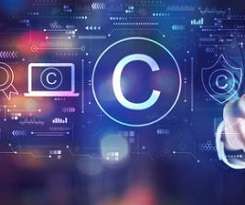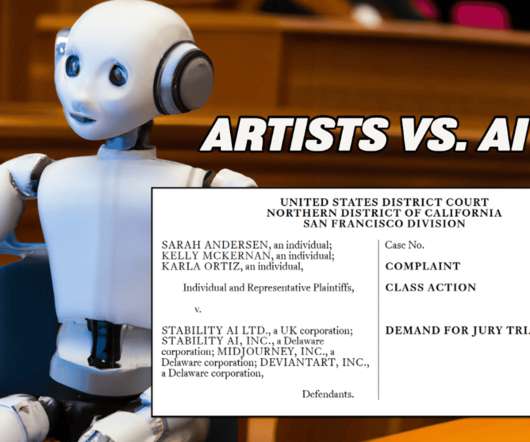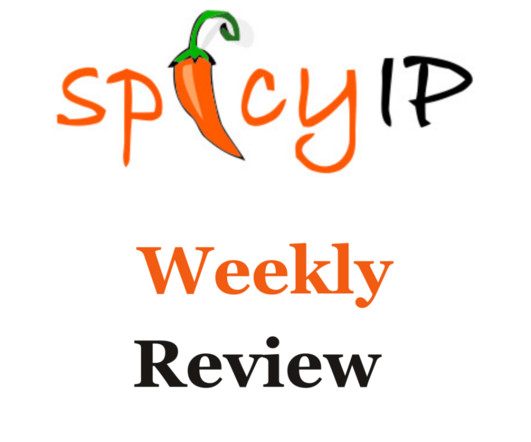[UPDATE] Calls to push back UPC sunrise period as 89% have not been able to obtain/authenticate security devices needed to access Case Management System
The IPKat
NOVEMBER 29, 2022
The survey has been running for almost a week and garnered several comments and emails on the topic. Claus does have a question on e-signature requirements (which was a recurring theme in the e-mails and comments - see below). of respondents (11) have been able to access the UPC CMS via the strong authentication process.















Let's personalize your content